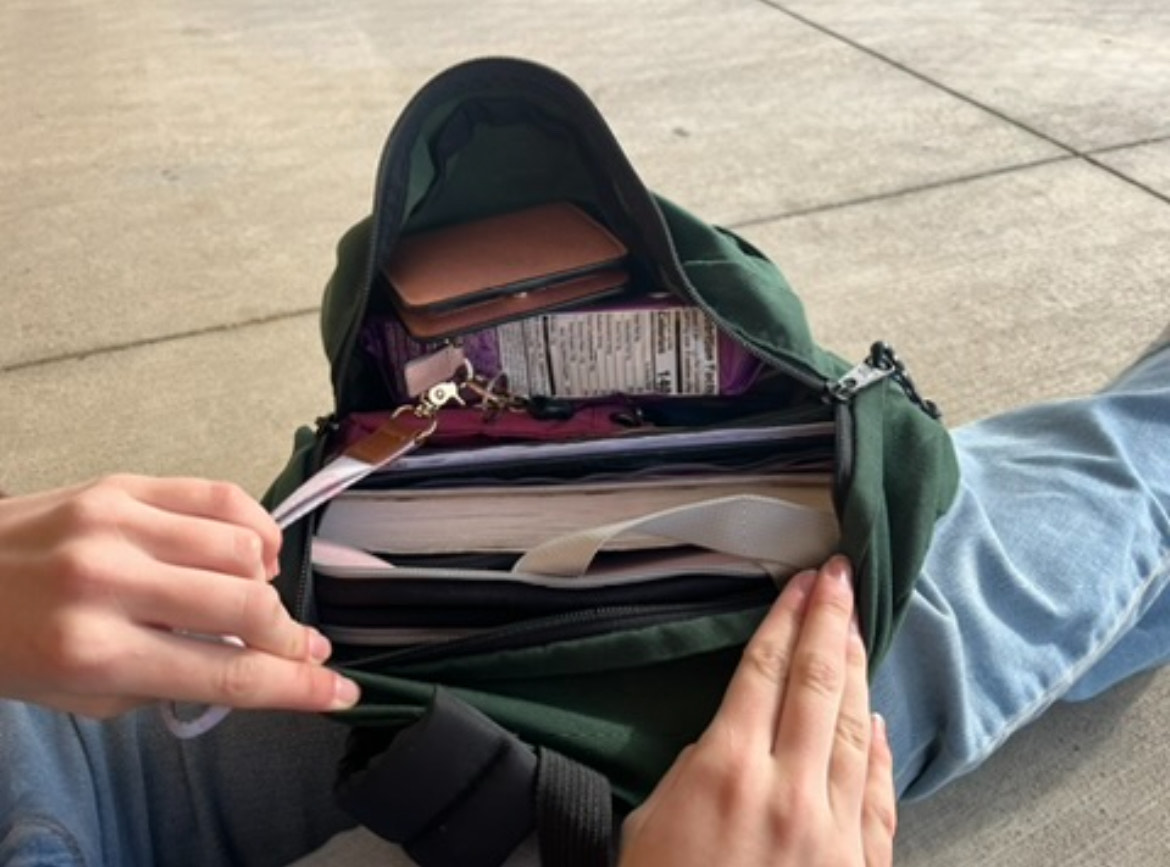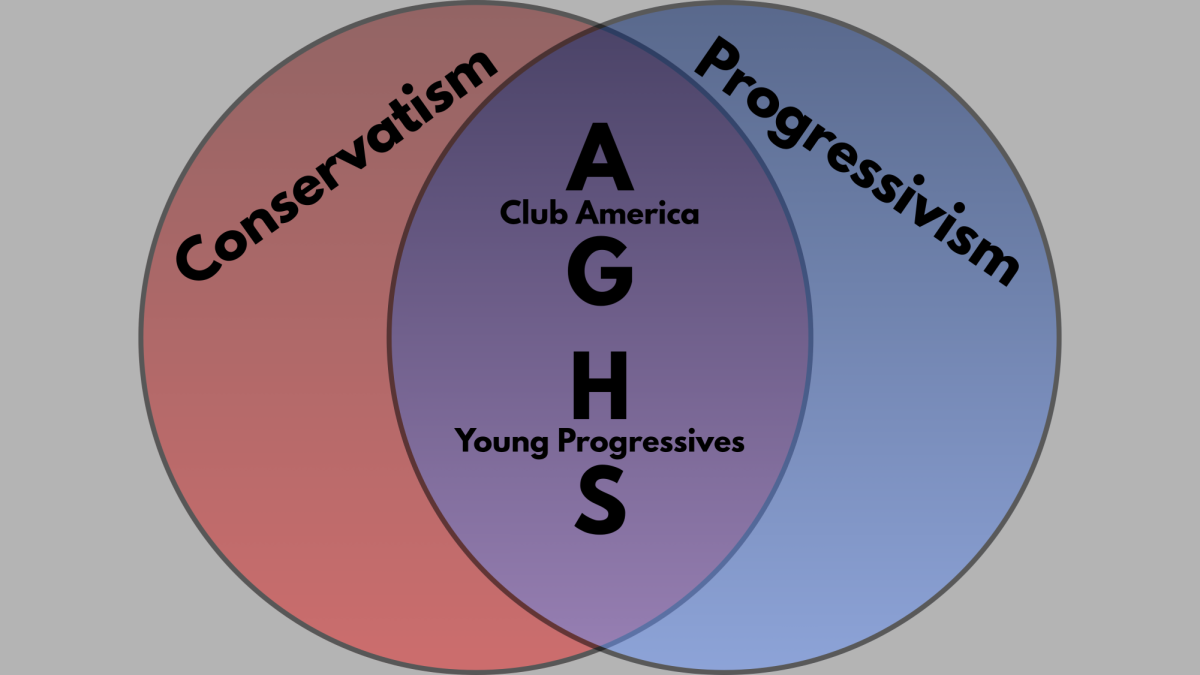Stuffed binders almost burst out of their fabric prison, struggling against a jammed zipper.
The larger bags give their owners an almost camel hump on their back, becoming an occasional obstacle as the student tries to squeeze past the crowd of others who decide the perfect place to stand is the small entrance from the 500s to the blacktop.
Meanwhile, leaving behind the bulging bag, another species of backpack is bobbing through the pack. It hangs from the student’s shoulders, practically swinging like a pendulum because of its lack of contents.
Often containing only a Chromebook and a pen, the bag is more an accessory than a necessity.
Whether the weight of an elephant or a feather, or those in between, the diversity of backpacks around campus is an important part of the school’s climate, and the contents can tell a lot about the student.
Most concerning, however, is the effect that a heavy backpack can have on a student. According to kidshealth.org, bags shouldn’t exceed 10% to 20% of the student’s weight.
“Some of these freshmen [backpacks are] a quarter of their weight,” said Shannon Hurtado. “If you’re 100 pounds and you’re carrying around 20 pounds of weight, that’s a lot.”
Often making long treks across campus, the weight can be a lot for students to carry.
“It obviously kind of slows me down, which is a little annoying,” Gabriel Garcia (‘25) said.
Dr. Matthew Sabatino has experienced backpacks causing issues both as a parent and an orthopedic spine surgeon.
“[Constant weight] can cause you to have a hunched posture,” Sabatino said.
Capri Carrington (‘25) has had three backpacks in three years.

“I had this blue backpack in freshman year, the strap broke around Greek Week. [Then] I got the Swiss Army backpack. And that one also broke.”
Using a luggage weigher, Carrington’s backpack weighed 11.6 lbs.
“[The backpack was] probably worn down from all the stuff in [it],” Carrington said.
And compared to other backpacks, Carrington’s is relatively light. According to a survey from Hurtado’s first-period Link Crew Class, which is primarily Juniors and Seniors, the average weight is around 14.8 pounds—with the heaviest being 20.7.
“Carrying loads that are heavier than maybe 10 to 15 pounds [is] going to ultimately affect the way your muscles are strained,” Sabatino said.
Paul Koziel (‘24) also had to get a new backpack after four months of use.

“My doctor did say that I had a slight deviation in the top of my spine,” Koziel said. “Probably from having a heavy backpack.”
On the other spectrum, students such as David Soto (‘24) have barely anything inside at all.
“People should just carry three simple things, a pencil, two pens, and get ready to learn,” Soto said.
“It’s not useful [to have a full backpack], it’s just going to damage your back.”

Students like Soto primarily have most of their schoolwork paperless, using their Chromebooks for most assignments. But, this new Chromebook weight added with other books can still harm students.
“I’ve noticed over the years, how large and heavy the students’ backpacks are considering now all students have Chromebooks that also adds to the size and weight beyond some of the textbooks,” Hurtado said.
After weighing Carrington’s backpack with only the Chromebook in it, it was found to weigh around 29% of her total backpack weight.
“[Students should be] periodically checking the contents of [their] bag and making sure that the backpack fits well. I think those factors will help,” said Sabatino.
Taking out and evaluating what a student doesn’t need in their backpack can help lighten backpack weight, leading to healthier spines and less exhausted students.









